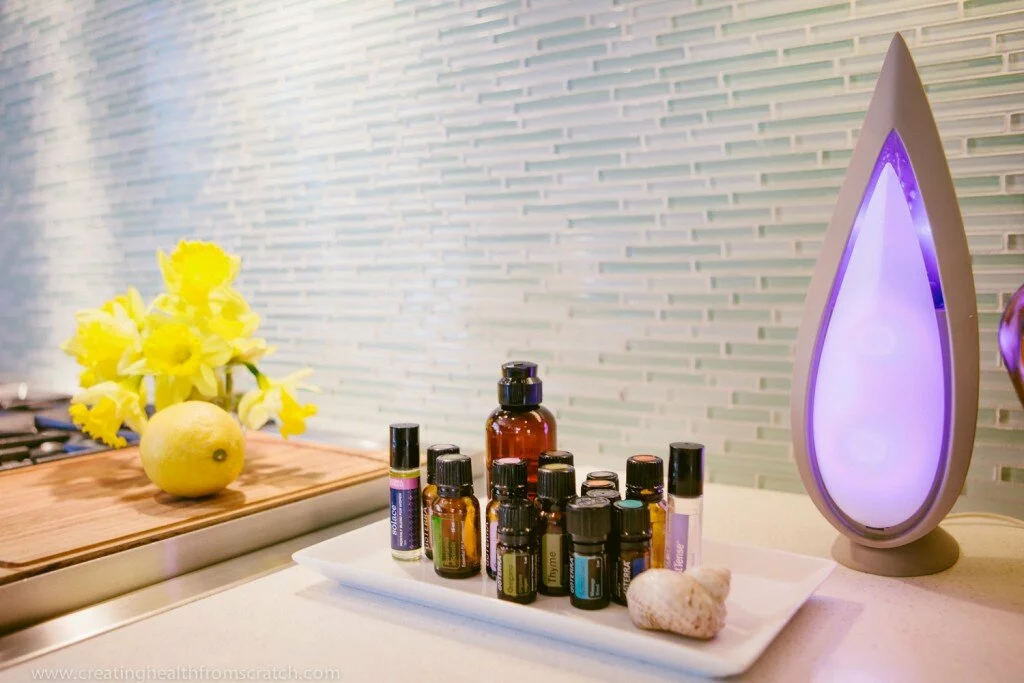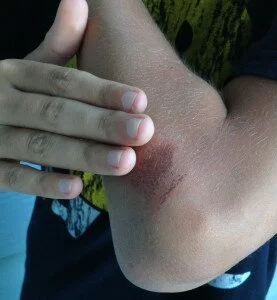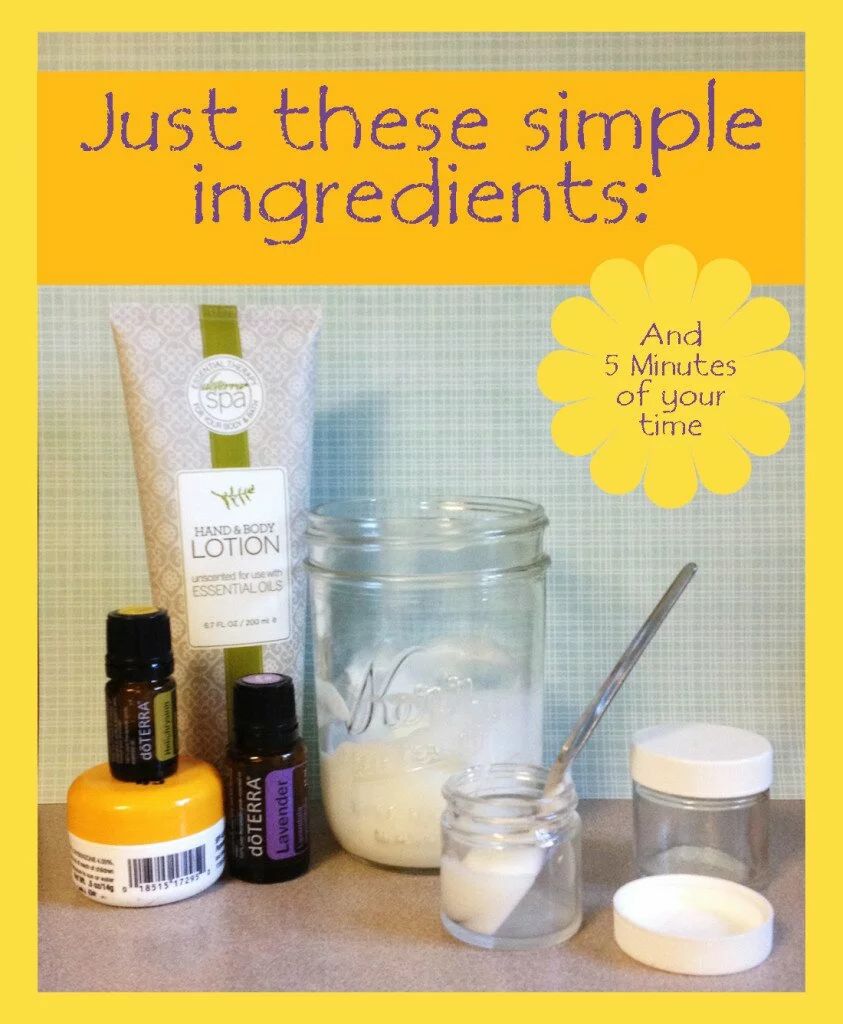To someone new to using essential oils, the whole concept might feel a bit intimidating or confusing. How can little bottles of strong smelling oil do anything? And, what do you do with them anyway?
There are several ways to use essential oils. While some methods might work better than others for each particular ailment or application, any method will work with most of the oils.
Here are the basic of how to use essential oils:
How to use Essential Oils Aromatically:
Essential oils are aromatic substances that work well by inhaling the oil, or the aroma of the oil in through the nose and/or mouth. Many times aromatic application is the preferred method of using essential oils because it’s an effective way to get immediate access to the lungs, sinuses, bronchial tubes and larynx. There’s also evidence that aromatic use is the only way to access some parts of the body (such as the amygdala, which is responsible for storing and releasing emotional trauma).
If you doubt the power of smell, think back to visiting Grandma’s house and smelling warm cookies in the oven, or the particular perfume she wore, or the way her house smelled musty. When you smell similar smells as an adult, it can immediately transport you back to those times, sometimes to memories you haven’t thought of for years.
Smell is a powerful thing. Combining it with essential oils only heightens its impact.
 There are several effective ways to use essential oils aromatically.
There are several effective ways to use essential oils aromatically.
- Using a diffuser. Simply place a few drops of oil in the diffuser and allow it to permeate the room. Diffusing oils into a room will clean and purify the air and kill bacteria and reduce fungus and mold. When using oils this way, it’s effective to diffuse for 15 minutes out of every hour, so your olfactory system has time to recover. (A note of caution here, make sure you use a diffuser that use cool or low levels of heat to operate. Higher levels of heat will kill the therapeutic value of the oil.)
- Directly inhaling the oils. You can do this a few different ways. One, simply open the bottle of oil and inhale deeply, holding your breath in, after you fill your lungs with air before exhaling. Two, drop a drop or two of oil into the palm of your hand, rub your hands together and cup them over your mouth and nose and inhale deeply. Three, place a drop of oil on a tissue, pillow case or cloth, hold it close to your nose and inhale.
- Use a fan or air vent to diffuse oils. Place a few drops of oil on a cotton ball or small strip of cloth and stick in a car heat vent, or attach to a ceiling fan.
- Add a few drops of essential oil to lotion or use as perfume. Apply these directly to your skin (although this is also a topical application of oils, you will benefit from its aromatic properties as well).
How to use Essential Oils Topically:

Another effective method of using essential oils is by applying them topically on the various parts of the body. This can be done ‘neat’ (full strength) or diluted with a carrier oil. Here are some guidelines for topical application:
- When applying oils topically, a great place to put them is on the bottom of the feet where the largest pores of the body reside. This aids in quick absorption (and will actually have the oil completely through the body within just a couple of minutes).
- When applying oils topically to infants and young children, dilute them with a carrier oil in a ratio of approximately 1-3 drops of essential oil per 1 tablespoon carrier oil.
- It’s better to layer oils than to blend your own together (thus altering the chemical properties). To layer, rub one oil at a time into the skin, waiting only seconds in between applications (as oils absorb quickly into the skin).
- Use the oils in massage or reflexology.
- Take a bath by adding a few drops of oil to the bathwater (which is also a very aromatic experience as well).
- Add the oils to personal hygiene products such as shower gel, lotion, body sprays, etc.
How to use Essential Oils Internally:
A third way to use essential oils is by taking them internally. First, a note of caution: Make sure for internal use that the oils you’re using are pure, therapeutic grade oil. Other essential oils may not be safe to ingest. (The FDA has given a GRAS (Generally Recognized As Safe for human consumption) rating to some essential oils, although many oil companies state on their bottles that they are not safe to take internally (often because of the added chemicals and processing).
In order to ingest an essential oil internally, you can do several things:
- Take a few drops under the tongue. This route is a quick way to get essential oils into your blood stream.
- In a capsule. You can buy empty capsules to fill with your own essential oils. Note, though, that pre-filling capsules will often result in ‘melting’, so you need to fill them as you use them.
- Add to water or other drink (they’re great in smoothies).
- Use in cooking. Just remember two things when cooking with essential oils: First, they will lose their therapeutic properties if heated too high (add them in at the very end if you’re cooking something hot). And second, a little bit goes a long ways. You often only need a drop or two, sometimes less.
- Through Vaginal insertion via a vaginal syringe or by allowing a tampon to soak up the oil and then inserting it. Dilute the oils in 2-3 teaspoons of carrier oil (such as fractionated coconut oil) first.
- Through rectal insertion via a rectal syringe or by placing the oil in a capsule and inserting them in the area.
Each condition you’re trying to treat will generally have a preferred method of application, but many of them overlap. Once you have enough experience with essential oils, the methods and best uses will become second nature to you. If you’re uncertain of a particular application, do a bit of research beforehand.
Warning: Not all essential oils are created equal. Please note that many essential oils are not pure enough to use in some of the ways mentioned below. For safety reasons, we recommend pure essential oils that are certified by a third party and guaranteed to be 100% pure, with no chemicals, dilution or additives. If you want to purchase these pure oils contact us (tab at bottom of page).


